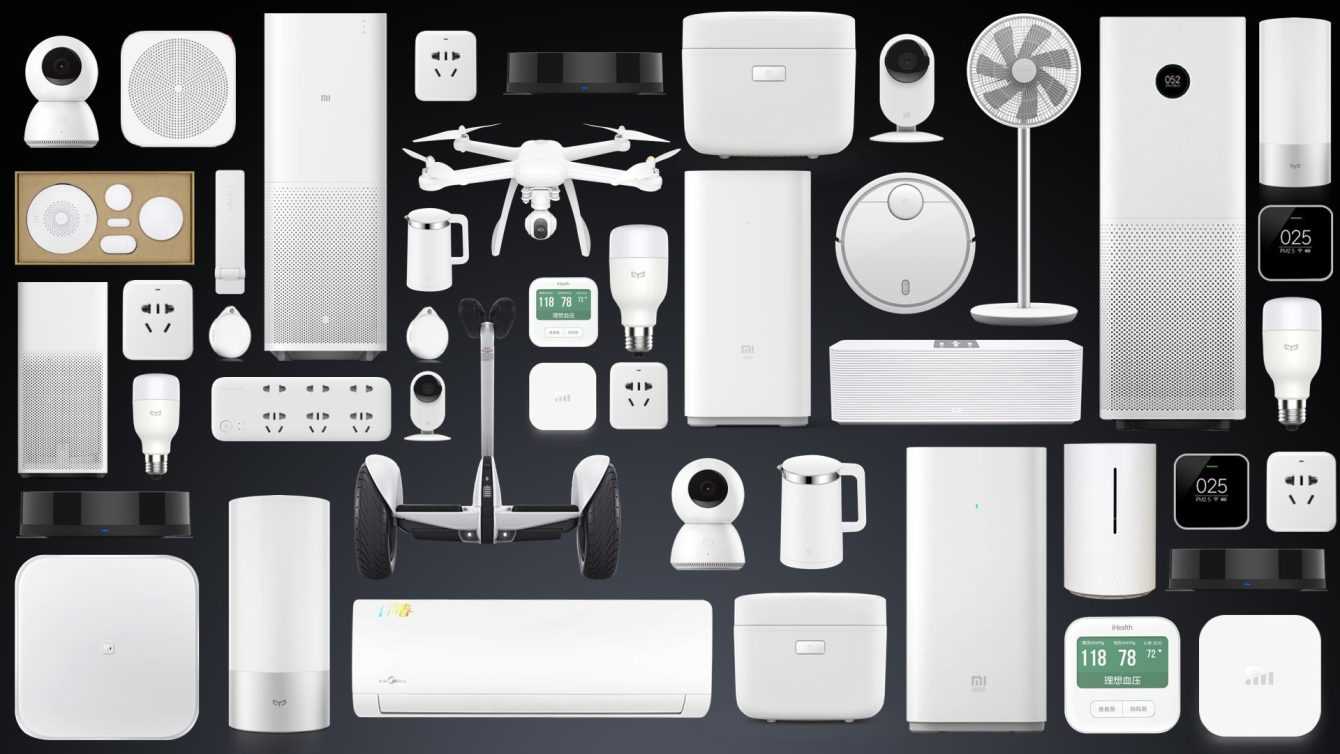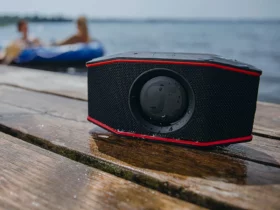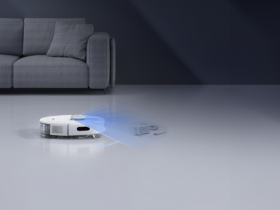Repairing electronic devices is a step towards a more sustainable world. Let’s find out how in this dedicated article
In our modern world, where electronic devices are everywhere, we are faced with a huge challenge: the effects of this digital age on the environment. While electronics enrich our lives in multiple ways, also brings with it a dark side: a side that intensifies climate change, global warming and resource scarcity. Electronics repairs can not only help you save money, but also help the environment.
Electronics and environment
Our constant demand for electronic devices has serious impacts on the environment. Mass production and the use of raw materials lead to high energy consumption and environmental pollution. E-waste is piling up as more and more devices are disposed of prematurely, even if only a small component is defective. This resource depredation accelerates climate change.
The importance of repairs
Repairs to electronic devices are essential for climate protection. Not only do they reduce electronic waste, they also minimize the need for new raw materials and the energy required to produce new devices. This means fewer CO2 emissions and a conservation of our limited resources. Repairs are not only environmentally friendly, but also economically advantageous.
Extraction of raw materials from electronic waste
In some parts of the world, particularly in developing countries, the extraction of raw materials from e-waste often takes place in dangerous conditions and with the use of open fire. This practice poses serious risks to the environment and workers’ health. It’s time to address this problem and promote sustainable alternatives.
Challenges and solutions
Planned obsolescence and difficulty finding spare parts are obstacles to repairs. Legislative measures and consumer engagement can address these barriers. It’s time to reconsider economic models and promote reparations. In Europe, an incentive for particularly long-lasting goods is already under discussion.
The EU directive on the return of used appliances
A further step towards sustainable electronic consumption is the European Union directive, which imposes the obligation on retailers to accept used devices. This provision forces companies to take responsibility for their products beyond their life cycleensuring the correct disposal and recycling of electronic devices.
Success stories and examples
There are numerous positive approaches in the private sector, as well as many companies already successfully carrying out industrial repairs. For example, today industrial computers are repaired instead of replacing them with new ones. This conserves resources. This shows that sustainable practices are not only feasible, but also cost-effective. Another example are i Repair Cafe.
Repair Cafe
Repair Cafés are private meeting places where volunteers carry out repairs on defective items. These community initiatives promote sustainable actions, reduce waste and save money. They offer knowledge transfer and strengthen a sense of community. Participants bring items such as electronics, appliances, clothing and toys to repair and extend their useful lives. Repair Cafés are an example of sustainable practices at a local level and support the idea of more environmentally conscious consumption.
Tips for personal action
All of us we can contribute making more informed choices. Consider whether a device really needs to be replaced or whether repair is a more sensible option. Support local repairers and look for products that are designed to last.
Resource consumption and CO2 emissions
The production of electronic devices, including notebooks, requires large amounts of raw materials and energy. This resource consumption is associated with significant CO2 emissions. From mining minerals to manufacturing and transporting devices, greenhouse gases are emitted that contribute to global warming.
The carbon footprint of individual devices
These are just approximate values. Again, the carbon footprint increases with display size. The concept of “cradle to grave” is interesting. For a notebook, production contributes 214 kg, distribution 29 kg, purchase 1 kg, use 138 kg, disposal 4 kg, while recycling saves 7 kg. (Further information: source, in German)
Example of a refurbished notebook
The results confirm that the production phase contributes significantly to the total emissions of serra gas of a notebook and should be at the center of a sustainable product policy. This especially applies to the repair or refurbishment of a notebook, which significantly extends its service life. Refurbished notebooks are available at a fraction of the price of a new one and come with a forecast
Conclusion
Electronics repairs are more than a way to save money. They are an act of climate protection and resource conservation. By reducing the consumption of raw materials and energy use, we can have a positive impact on the environment and our conscience. The time has come to act, and the responsibility lies with each of us. Let us together recognize the need for repairs and sustainable consumption to preserve our planet for future generations. It is up to us to shape the future of climate protection.
For further updates and news, continue to tune in to techgameworld.com.
















Leave a Reply
View Comments